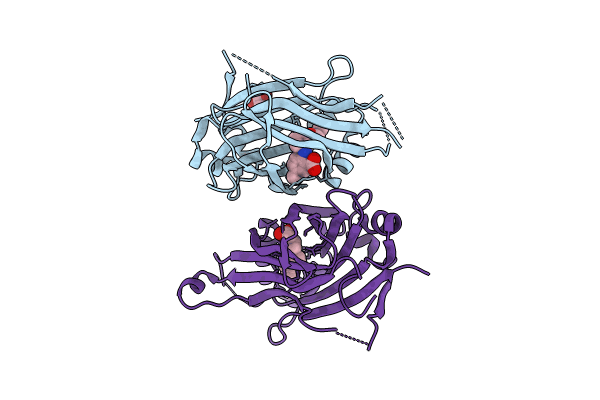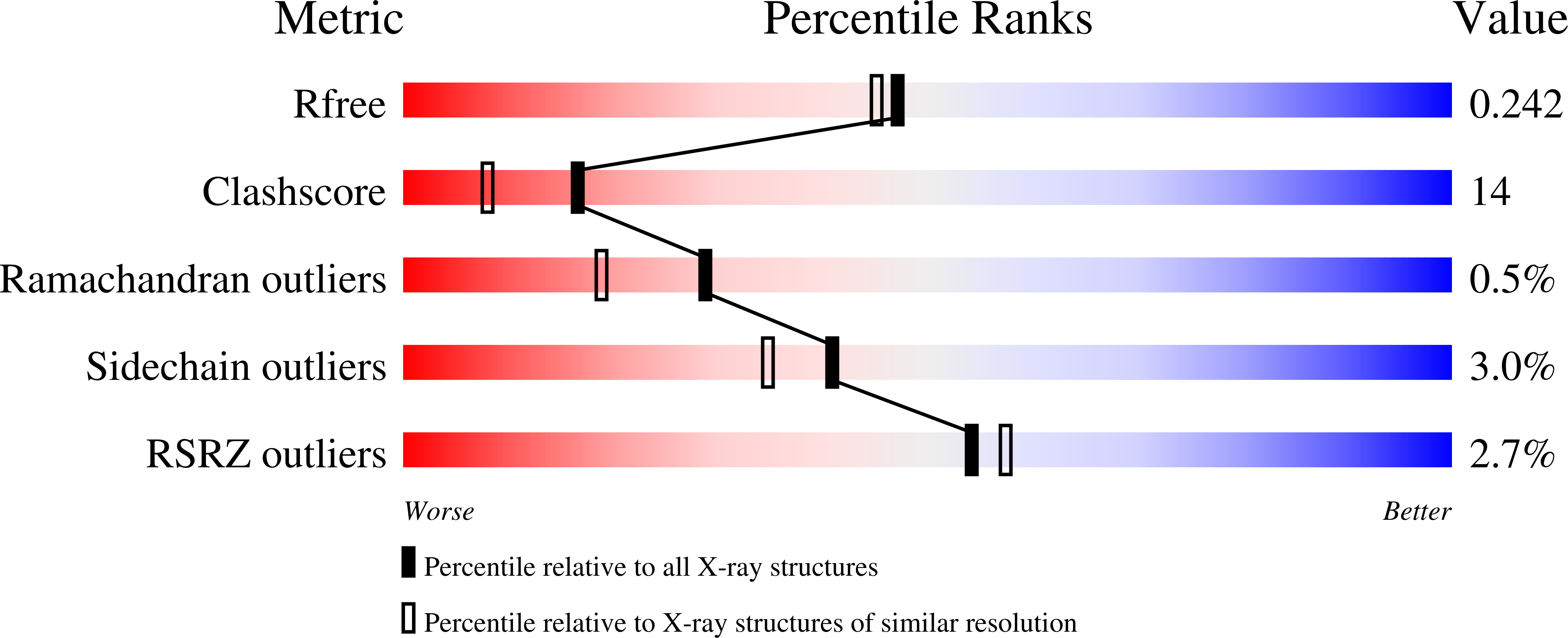
Deposition Date
2023-05-15
Release Date
2023-11-22
Last Version Date
2023-11-22
Method Details:
Experimental Method:
Resolution:
2.06 Å
R-Value Free:
0.24
R-Value Work:
0.19
R-Value Observed:
0.19
Space Group:
C 1 2 1


